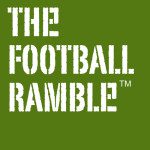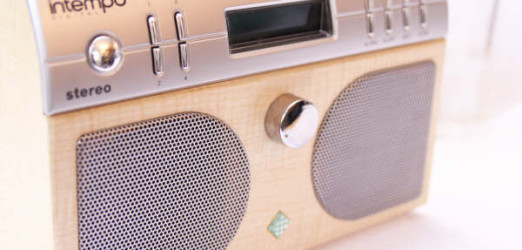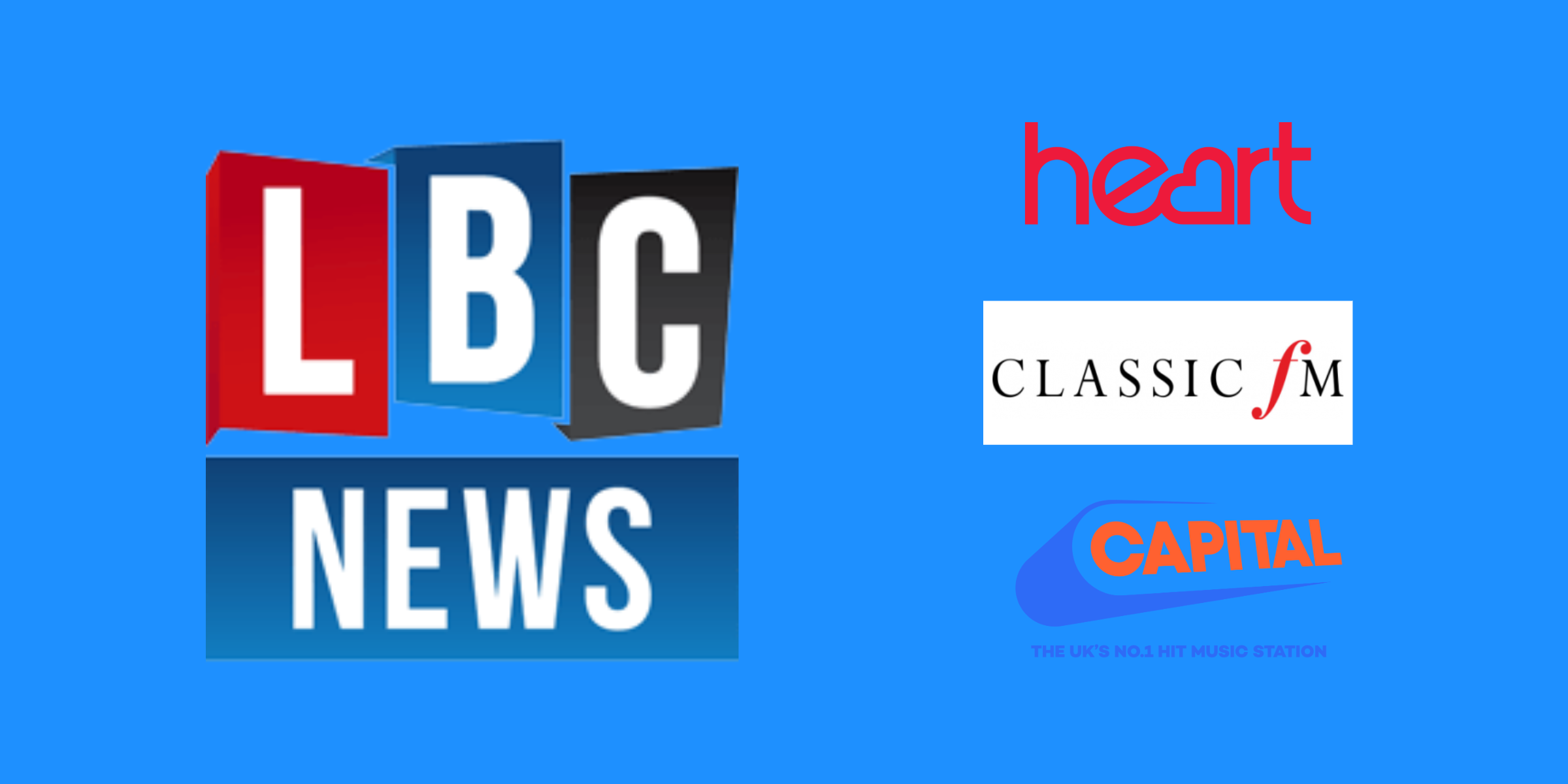Believe it or not, podcasts first came about in the 1980’s when they were known as audio-blogging. But it wasn’t until 2004 – when playback devices like the I-pod were introduced, that ‘podcasts’ became popular.
Apple are celebrating 10 years of podcasting this year and millions of people in the UK alone download them.
In the early noughties, people seemed to be open to the idea of podcasts, but radio was still their first option. In the first few years, podcasts appeared to be almost a “one hit wonder” and popularity fizzled out. In recent years however, perhaps as a result of the busy lives we lead and an increase for on-demand content, podcasts are becoming more popular again.
The word podcast is a play on word…it combines the two words I-Pod and broadcast. In terms of content the world is your oyster – from already broadcast radio programmes or high lights, to short interviews and audio books….
But in the 21st century other factors have come into play to bring the podcast back into the fore:
Worldwide
Podcasts are available anytime, any place, any country, any continent! Long gone are the days of tuning in a radio. You can be in the UK and tuning into a podcast recorded in Columbia.
Bluetooth
Where are you likely to listen to audio? The car of course! Many cars now have Bluetooth fitted inside them which makes listening to podcasts ideal. No cables, no tuning just a click of a button from your mobile phone.
Downloadable content
Many people choose to download a podcast before their journey/commute so they have something to listen to…and no buffering!
Productivity
Podcasts can be productive! For those who have extra-long journeys, many people don’t want to waste time simply sitting on a train, staring into space. Niche podcasts including meditation and yoga help calm individuals before they go to work. Some people enjoy fitness podcasts to encourage them to run that extra mile on the treadmill at the gym.
More chat, less music…
A lot of radio stations, particularly commercial ones, are now more music orientated. So podcasts offer an opportunity to listen to audio talk.
Some famous podcasts include:
Kermode and Mayo’s Film Review:

http://www.bbc.co.uk/programmes/b00lvdrj/episodes/downloads
Featuring Mark Kermode and Simon Mayo- the podcast version of their weekly 5-Live show reviews latest movies, interviews and features appearances from actors.
The Football Ramble:

http://www.thefootballramble.com/
Weekly discussion of football news, analysis and banter by football fans including Absolute Radio’s Pete Donaldson and stand up comic Jim Campbell.
Betty in the Sky with a Suitcase:

The great thing about podcasting is anybody can do it…as long as you have a computer, microphone and internet connection. Betty is an American flight attendant who podcasts about her experiences from 34,000 feet – sleepwalking passengers and misbehaving celebrities are just some of her highlights.
The podcast really has come a long way since 2004. Creators of podcasts have learnt a lot in the past few years and are able to target individual audiences and therefore broadcast successful, entertaining and engaging content. As the modern way of living becomes busier and people take on more responsibility, the podcast is the perfect fit in 2015 living.
At Shout! Communications we produce podcasts for a wide variety of clients – we also include a free podcast with every radio day campaign. To discuss your next campaign feel free to give us a call on 020 7240 7373.



